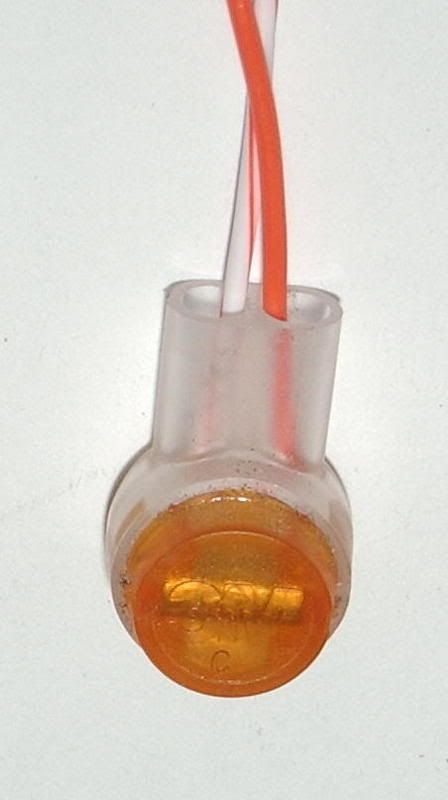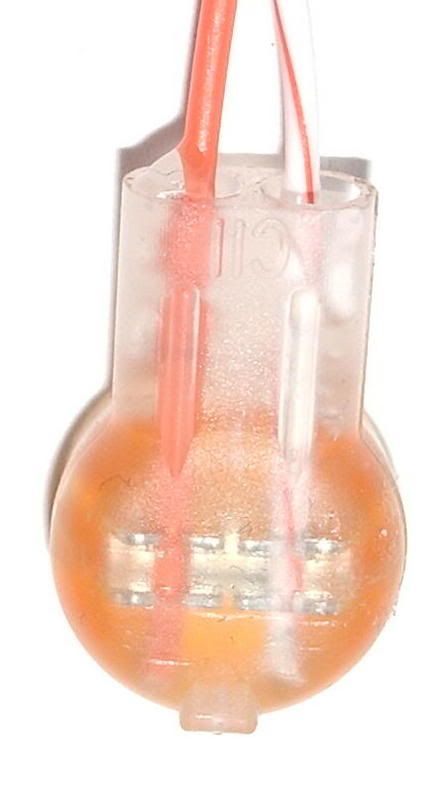plugwash said:they aren't.tynan said:I couldn't see how the phone wires plus insulation were supposed to fit into the tiny gaps between the metal teeth
they are a one time use connection method
you insert the wires first (without stripping them) then you squeese them hard (there are proper tools but pliers should do if you are carefull. The metal teeth bite through the insulation and connect to the wire inside, meanwhile the "jelly" is squeezed arround inside the connector covering everything inside and waterproofing it.
so person would have to physically get the wires between the teeth then?
thanks for clarifying that






